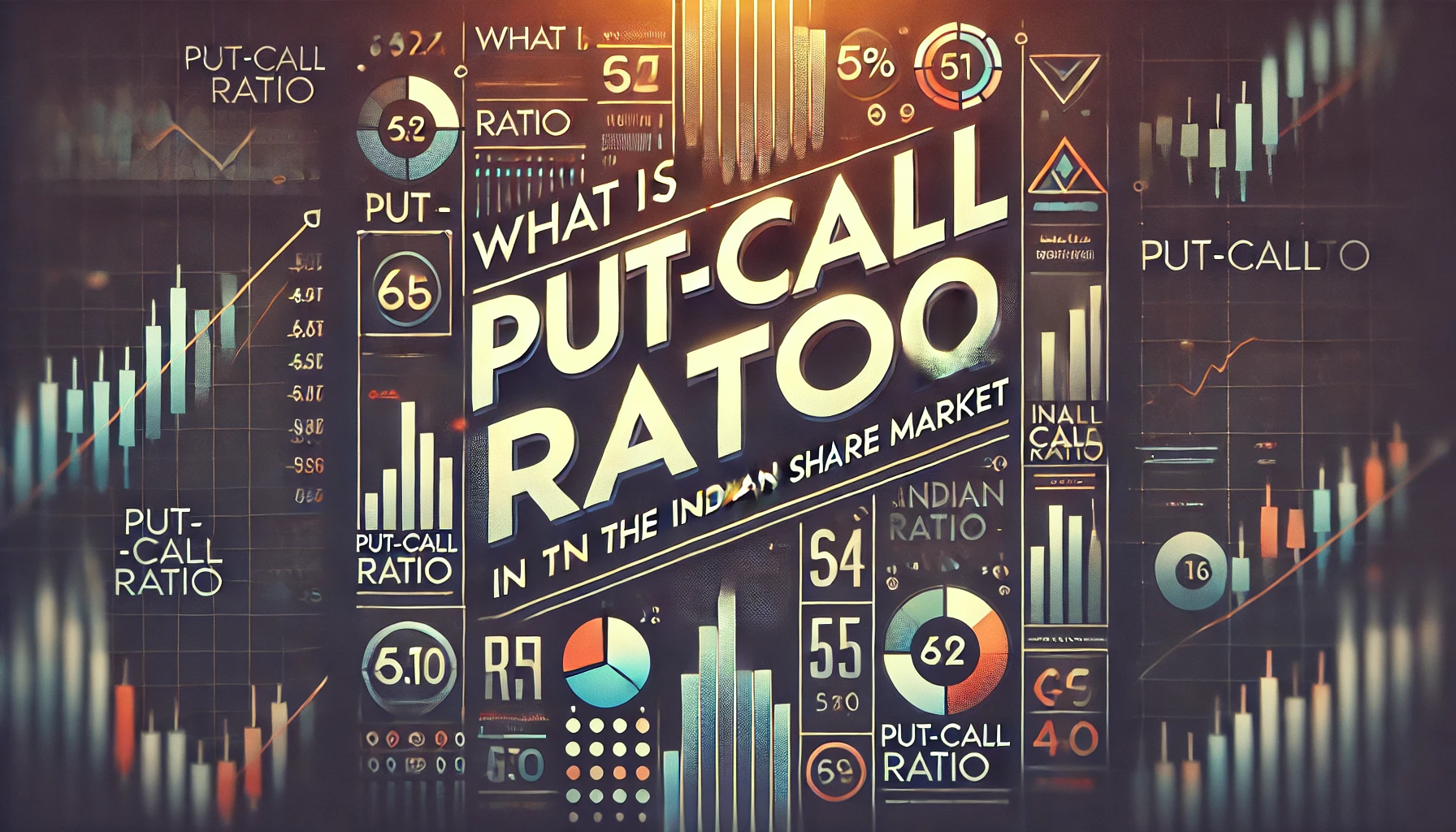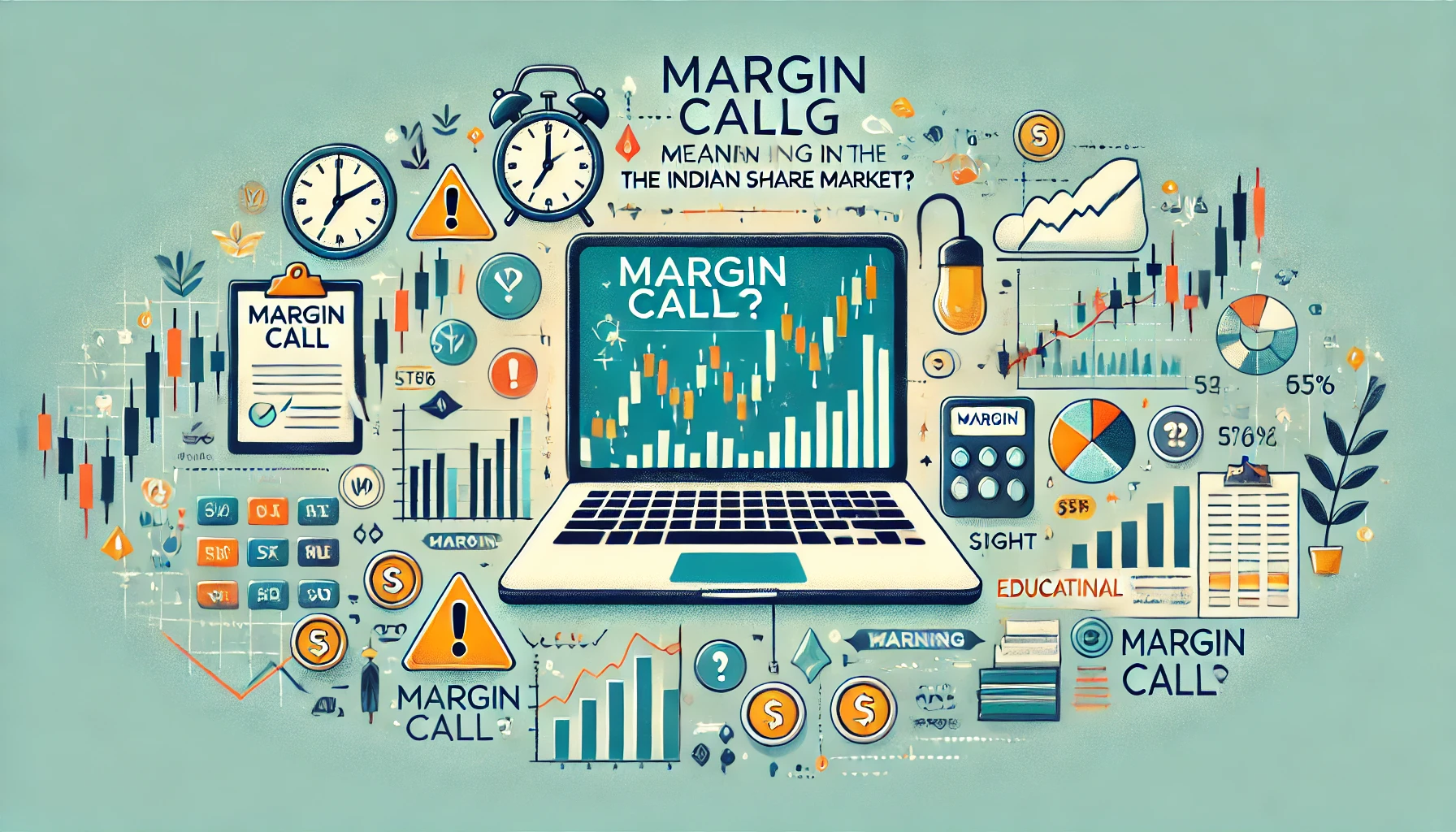In the world of options trading, one of the most crucial elements to understand is implied volatility (IV). It plays a significant role in determining the price of an option, reflecting the market’s expectations of future price fluctuations. Implied volatility provides traders with insights into the perceived risk and possible price movement of the underlying asset. In this blog, we will dive into the concept of implied volatility in the Indian share market, its calculation, historical data, and its impact on options pricing.
Table of Contents
- Introduction to Options in the Indian Market
- What is Implied Volatility?
- How is Implied Volatility Calculated?
- Historical Data of Implied Volatility in Indian Markets
- The Impact of Implied Volatility on Options Pricing
- Real-World Application of Implied Volatility
- Conclusion
1. Introduction to Options in the Indian Market
Options are one of the most popular derivative instruments in the Indian share market. They provide traders the right, but not the obligation, to buy or sell an underlying asset at a specified price (strike price) on or before a certain date (expiry date). Options can be used for hedging, speculation, or arbitrage, offering great flexibility to traders.
The National Stock Exchange (NSE) and Bombay Stock Exchange (BSE) are the primary platforms where options are traded. Options contracts are available on indices like Nifty and Sensex as well as on individual stocks.
2. What is Implied Volatility?
Implied volatility refers to the market’s forecast of a likely movement in the price of an underlying asset. Unlike historical volatility, which measures past price movements, implied volatility reflects the market’s expectations of future price fluctuations. It is derived from the price of options and gives traders an idea of how volatile the market could be in the future.
Key Features of Implied Volatility:
- Forward-looking: IV provides a market consensus on expected future volatility.
- Reflects Uncertainty: High implied volatility indicates that the market expects large price swings, while low IV suggests a more stable market.
- Affects Options Pricing: IV has a direct impact on an option’s premium (price).
3. How is Implied Volatility Calculated?
Implied volatility is derived using options pricing models such as the Black-Scholes Model or Binomial Model. These models take into account the following variables:
- Current Price of the Underlying Asset (S)
- Strike Price of the Option (K)
- Time to Expiry (T)
- Risk-Free Interest Rate (r)
- Option Premium (Price of the Option)
While the models calculate the option’s theoretical price, the implied volatility is the variable that adjusts so the model’s theoretical price matches the actual market price of the option.
Here’s an example using the Black-Scholes formula:
C=SN(d1)−Ke^(−rT)*N(d2) Where:
- C is the price of the call option.
- S is the current stock price.
- K is the strike price.
- T is the time until expiration.
- r is the risk-free interest rate.
- N(d1) and N(d2) are cumulative distribution functions of the standard normal distribution.
Implied volatility is the component that, when input into this equation, equates the calculated price of the option to its actual market price.
4. Historical Data of Implied Volatility in Indian Markets
The behavior of implied volatility in the Indian market provides traders with valuable insights into market sentiment. During periods of market uncertainty, such as economic crises or major political events, implied volatility tends to increase. Conversely, during stable periods, IV declines.
Below is a table showing historical implied volatility data from the Nifty 50 options over key periods in the Indian market:
| Date | Nifty 50 Index Level | Implied Volatility (%) | Market Event |
|---|---|---|---|
| Jan 2020 | 12,000 | 15.6 | Pre-COVID Stability |
| Mar 2020 | 7,500 | 80.2 | COVID-19 Market Crash |
| Oct 2020 | 11,500 | 25.1 | Market Recovery Phase |
| Dec 2021 | 17,000 | 16.8 | Post-Pandemic Stability |
| June 2023 | 18,600 | 14.5 | Economic Reforms & Stability |
This table shows how global events, such as the COVID-19 pandemic, have drastically impacted implied volatility levels in the Indian stock market. During times of crises, traders expect higher future price fluctuations, which is reflected in increased implied volatility.
5. The Impact of Implied Volatility on Options Pricing
Implied volatility plays a crucial role in determining the price (premium) of an option. The higher the implied volatility, the more expensive the option becomes, as the likelihood of significant price movement increases.
Vega – Sensitivity to Implied Volatility
In options trading, Vega measures the sensitivity of the option’s price to changes in implied volatility. A higher Vega indicates that the option’s price is more sensitive to volatility changes. Traders often pay close attention to Vega when anticipating large market movements.
Example:
Let’s consider an example with a call option:
- Underlying stock price: ₹1,000
- Strike price: ₹1,050
- Time to expiration: 1 month
- Current implied volatility: 20%
If implied volatility increases from 20% to 30%, the premium for the call option may increase significantly, even if the underlying stock price does not change. This demonstrates how traders can profit from changes in volatility without needing a change in the stock price.
6. Real-World Application of Implied Volatility
Hedging Strategies
Implied volatility is a critical tool for options traders who use strategies like straddles and strangles to hedge against price movements. When implied volatility is high, these strategies become more attractive because they benefit from significant price swings.
Market Sentiment Analysis
Traders often use implied volatility as an indicator of market sentiment. Rising implied volatility suggests uncertainty or fear in the market, while falling volatility indicates confidence and stability.
Earnings Announcements
In the Indian stock market, implied volatility tends to increase before corporate earnings announcements. This is because traders expect higher price fluctuations during this period. Following the announcement, IV typically decreases as the uncertainty is resolved, a phenomenon known as volatility crush.
7. Conclusion
Implied volatility is an indispensable tool for options traders in the Indian share market. By understanding the concept of IV, traders can make more informed decisions, whether they are hedging, speculating, or analyzing market sentiment. The behavior of implied volatility, as seen in historical data, reflects the uncertainty and risk that exists in the market. Learning how to interpret and use implied volatility effectively can help traders maximize their returns and manage risks.
By integrating implied volatility into your trading strategy, you can gain an edge in the highly competitive options market, especially during volatile periods like major economic events or earnings seasons.

What Is Implied Volatility?
In the realm of Indian share market derivatives, implied volatility (IV) plays a crucial role …

What is Margin Funding?
Margin funding is a powerful tool in the Indian share market that allows traders to …

Forward vs Future contract
In the Indian share market, derivatives such as forward and future contracts play a pivotal …

What is Margin Money?
Margin money is a crucial aspect of trading in the Indian share market, especially in …

What is Put-Call Ratio?
The Put-Call Ratio (PCR) is one of the most widely used indicators in options trading …

What is Derivatives?
Derivatives are financial instruments whose value is derived from an underlying asset or benchmark. In …

What is Cost of Carry?
The cost of carry is an essential concept in futures trading that reflects the cost …

What is futures
Futures are a fundamental part of derivatives trading in the Indian stock market. They allow …

Bullish Option Strategies
In the ever-evolving world of derivatives trading, options have become a powerful tool for investors …

Understanding Physical Settlement in Futures & Options Contracts: A Comprehensive Guide
In the world of derivatives trading, the concept of physical settlement has gained prominence, particularly …

what are call options
The Indian share market has expanded significantly over the years, attracting a growing number of …

What Is Credit Spread Strategy
In the world of options trading, the credit spread strategy is one of the most …

What Is a Forward Contract
A forward contract is a customized financial agreement between two parties to buy or sell …

Types of Derivatives in India
The Indian derivatives market has grown exponentially, becoming a vital tool for investors and traders …

What is Swaps Derivatives
In the world of derivatives, swaps are a special class of contracts that allow two …

Intrinsic Value and Time Value of Options
Options trading is one of the most widely used financial instruments in the Indian share …

What is Open Interest?
In the world of derivatives, the concept of “Open Interest” plays a crucial role in …

Types of underlying assets in derivatives
The Indian derivatives market has grown exponentially over the last few decades, thanks to its …

derivatives on Option Volatility & Pricing Strategies
The Indian share market derivatives segment is a dynamic environment where advanced traders rely heavily …

What is Futures Contract
The Indian share market offers various financial instruments that provide opportunities for investors and traders. …

What is implied volatility in options?
In the world of options trading, one of the most crucial elements to understand is …

Futures Pricing Formula
The Indian share market is known for its dynamic nature and offers various opportunities for …

What is an ITM Call Option?
The world of options trading is filled with technical terms that are crucial for investors …

What is Max Pain Theory?
The Indian share market is full of strategies and theories that traders use to predict …

What is OTM Call Options
In options trading, terms like “in the money” (ITM), “at the money” (ATM), and “out …

What Is Rollover
Rollover is a common term in the world of futures and derivatives trading, especially in …

Futures Prices Converge Upon Spot Prices
In the world of financial markets, futures contracts play a significant role. One of the …

Call Ratio Back Spread
In the Indian share market, advanced trading strategies such as the Call Ratio Back Spread …

Margin Call Meaning
A margin call is one of the most critical warnings in trading, often marking a …

What is Bermuda Option?
The financial markets are full of complex instruments, and one such tool is the Bermuda …


















